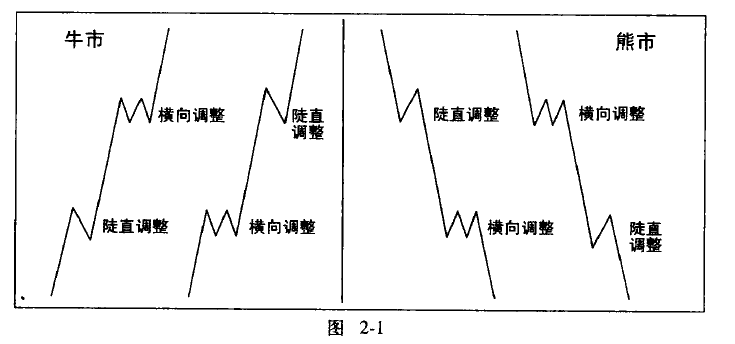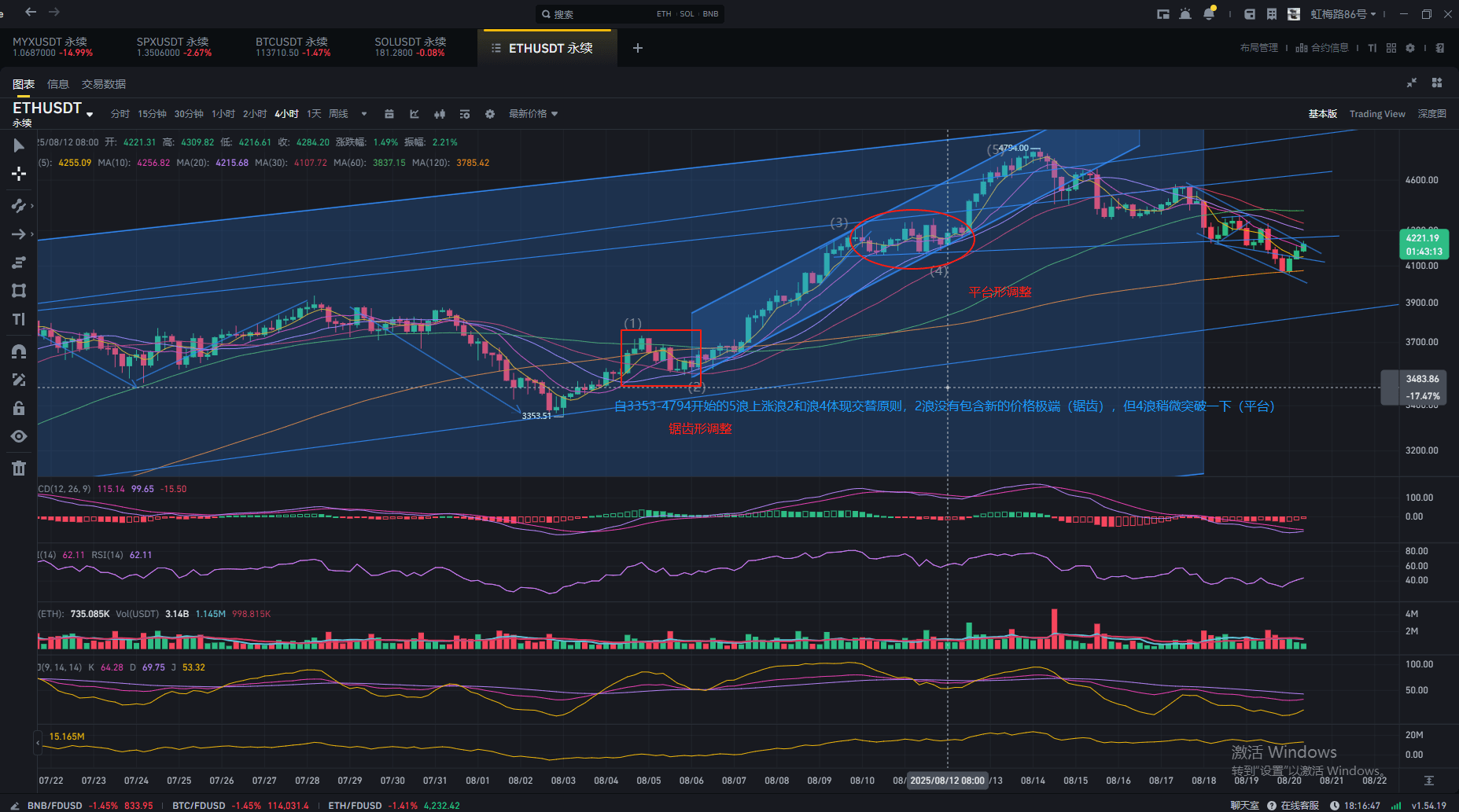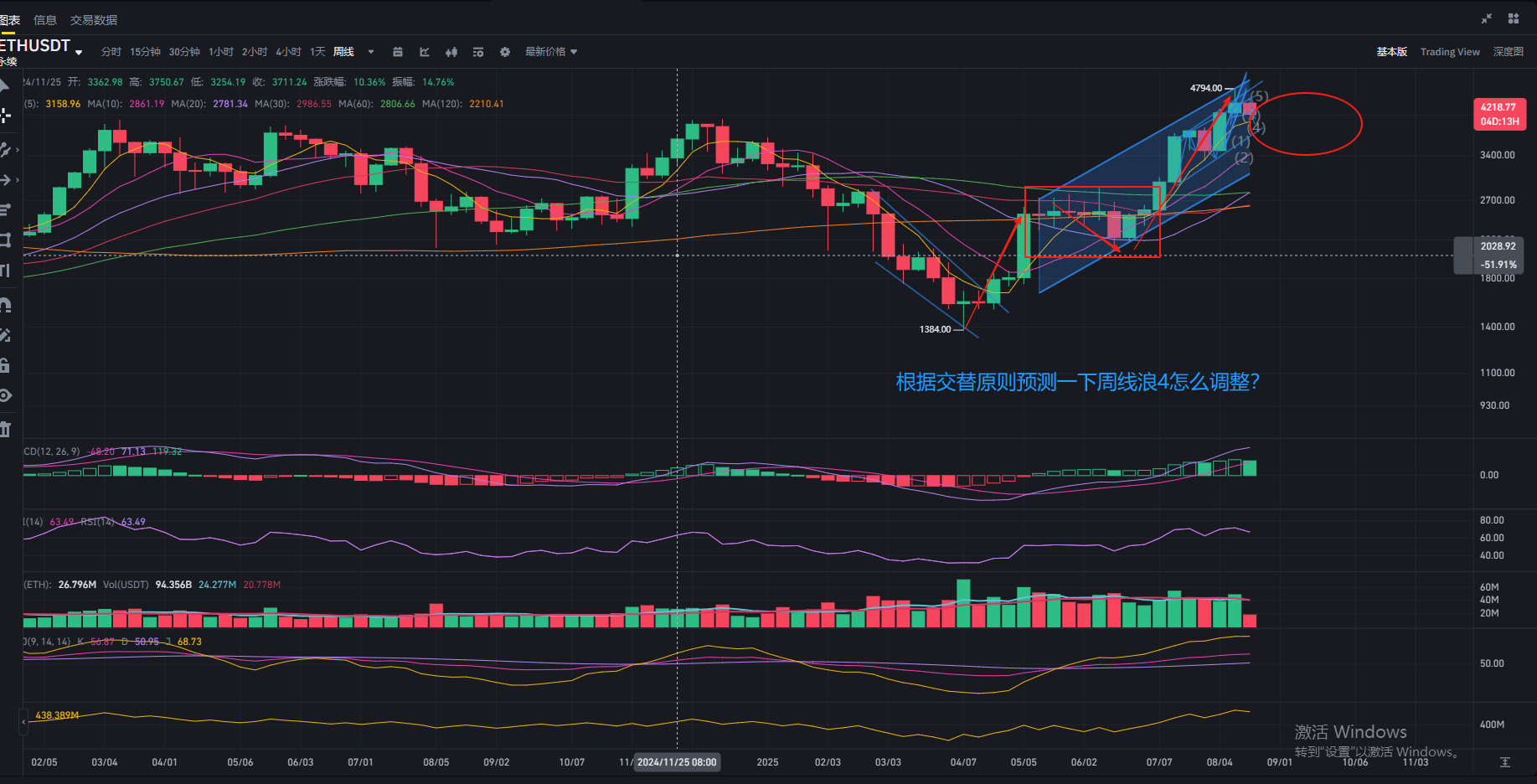In the previous episodes, we systematically introduced the basic patterns of wave theory, various forms of impulse waves and adjustment waves. Starting from this episode, we will learn the guidelines of wave theory. In this episode, we study the principle of alternation.
The guidelines are discussed and illustrated against a bullish background, and unless specifically stated otherwise, they can also be applied to bearish markets. In a bearish context, various illustrations and inferences need to be inverted.
The guideline of alternation is widely applied and reminds analysts to always expect differences in the next similar wave. Although alternation does not precisely indicate what will happen next, it provides valuable insights for those who do not wish to set expectations, and it is useful to remember when analyzing wave structures and estimating future probabilities. Elliott further illustrated that alternation is indeed a market rule.
Focus:
1. Alternation of Impulse Waves
(1) If the wave 2 of the impulse wave is a steep adjustment, then wave 4 is expected to be a lateral adjustment, and vice versa.

Steep adjustments never include new price extremes, that is, prices that exceed the orthodox endpoint of the previous impulse wave; they are almost always zigzag (single zigzag, double zigzag, or triple zigzag) adjustment waves, and sometimes they start as a zigzag double three wave.
Lateral adjustments include platform-shaped adjustment waves, triangular adjustment waves, double three waves, and triple three waves, which usually contain new price extremes, that is, prices that exceed the orthodox endpoint of the previous impulse wave. (After discussing the alternating principle, I will add an episode introducing orthodox tops and bottoms).
In a few cases, a regular triangular adjustment wave (not including new price extremes) at the position of wave 4 will replace steep adjustments, alternating with another lateral pattern at the position of wave 2.
The alternating viewpoint of impulse waves can be summarized as follows: one of the adjustment processes will involve a movement that returns to or exceeds the previous endpoint of the impulse wave, while the other will not.
Extended waves are a manifestation of alternation, as they alternate their lengths with the impulse waves, usually the first wave is a short wave, the third wave is an extended wave, and the fifth wave is again a short wave. Extended waves that generally appear as wave 3 can sometimes also appear as wave 1 or wave 5, which is also a form of alternation.
There is a statement in the original text: inclined triangles do not show alternation between sub-waves 2 and 4, and the typical two adjustments are zigzag. I have not understood this for a long time, but today I finally realized that inclined triangles are not impulse waves; they are just a driving pattern, so the principle of alternation does not apply to them.
ETH Example:
4H

Weekly Chart:

If the wave 3 at the weekly level is confirmed, currently in wave 4, wave 2 is a diffusion platform adjustment, what do you predict about how wave 4 will adjust? Zigzag or zigzag starting platform or regular platform? It is highly unlikely to touch the 4794 high point.


